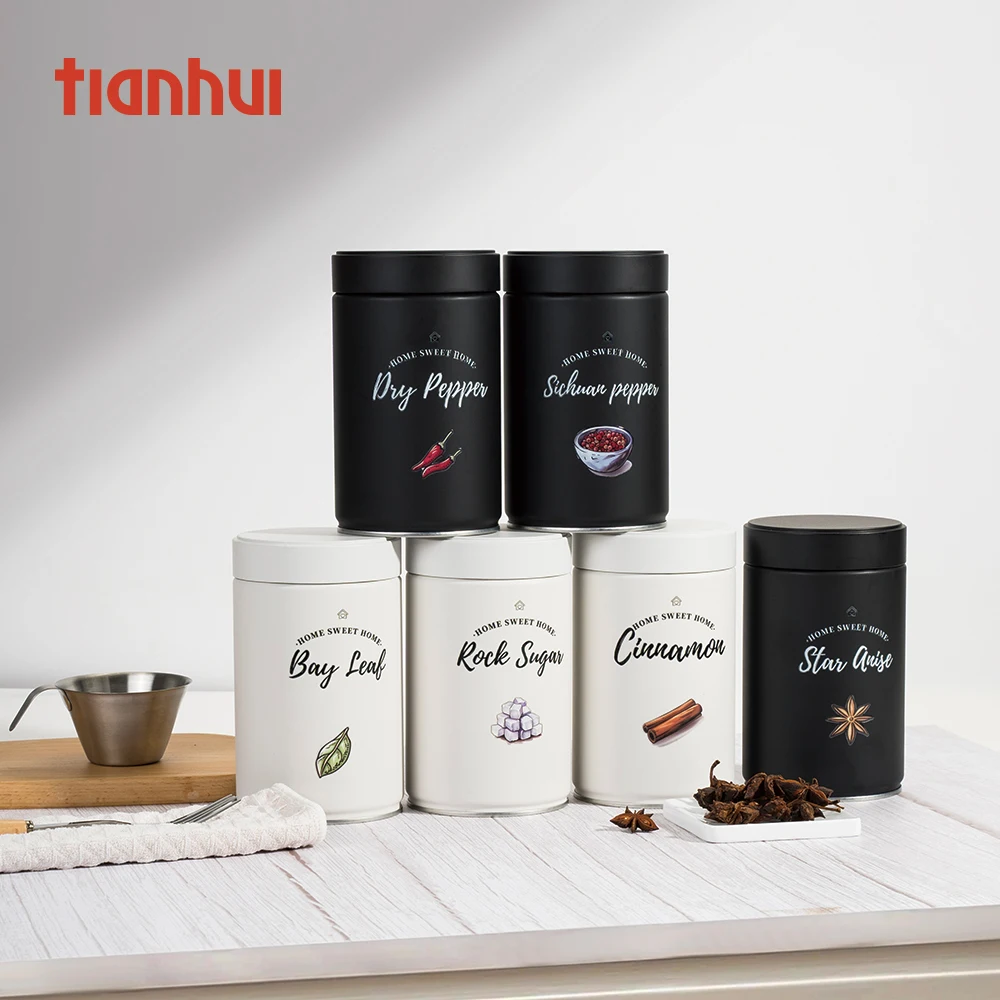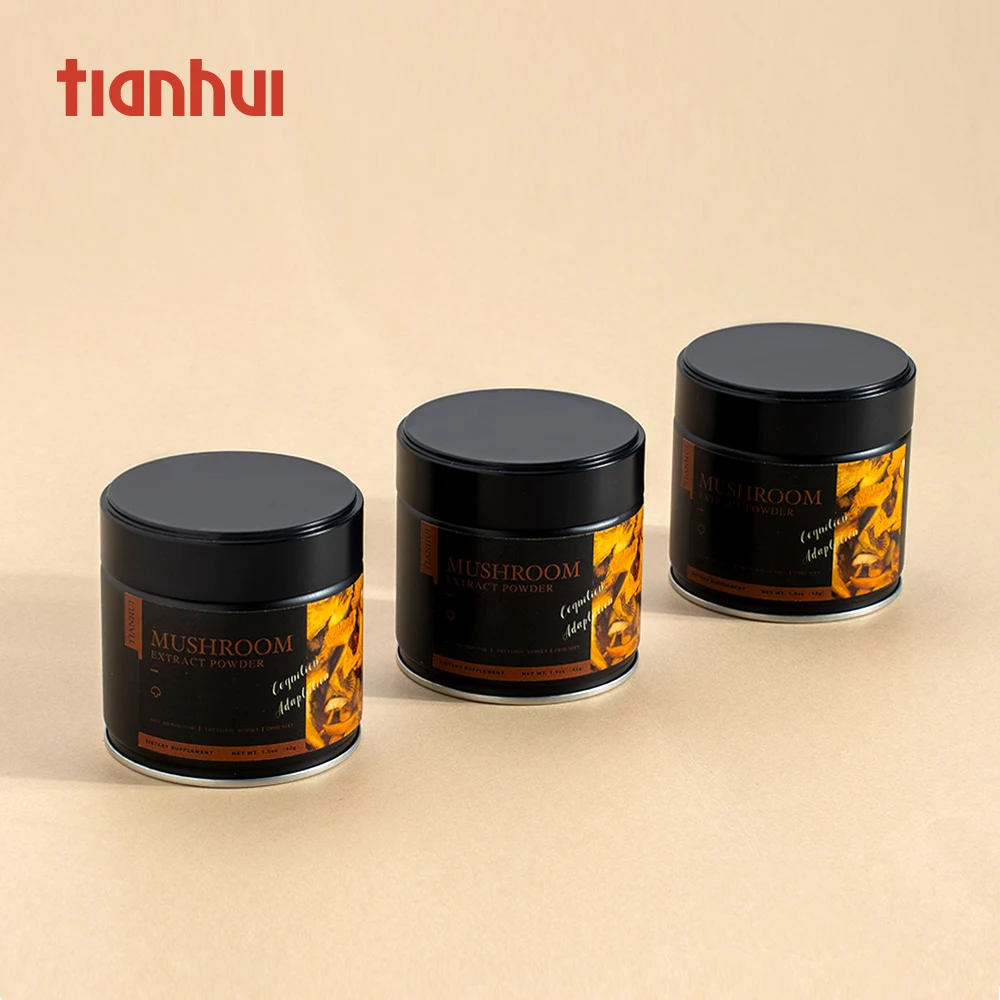Metal alloy, that derives from bauxite, is transformed into shining cans using the process of tin container manufacturing. It starts by cutting the metal in small pieces. The metal is then melted making molten metal. Molds are pours close metal then that form liquid shapes of some metallic called a mishmash Those molds are what give the can its shape. After the metal has stiffened and hardened, it is ready for the next procedures. It has colorful labels and pretty patterns on it. Finally, the containers are packed with food or other good and tightly sealed so as to keep everything nice and fresh.
The tin can manufacturing world is constantly evolving with Customer needs and new techniques to overcome,, and we are always looking for better ways of doing things that still satisfy the customer. Also, one of the good idea is using special coat from inside con. This coating is necessary to keep the food from contact with metal and preventing exposure of metals. Thicker, strong metal but also thinner. This is a clever way to preserve metal and minimize waste; Moreover, modern machines (for example robots) are also used by tin can makers to assist them in production. This can also help to keep up with the demand but will be faster and less work as well.

Around the world, public attention is increasingly focused on how packaging impacts our planet. So all the more reason that many now do care about packaging materials. Tin can manufacturers are hearing those concerns and they're loud, with many turning to certified recycled metal for their products. Basically, they recycle metal that has been discarded and turn it into new cans as part of their commitment to the environment. Negroni cans will also feature recycling labels on both the can and its wrap, showing that it too was designed to be more easily recyclable once empty. They are also working on methods that would allow the can to be produced with less material which ultimately means less waste. Manufacturers in some cases are even making different types of cans which can be resealed, so its easier for the shoppers & will produce much less food waste.

Versus plastic containers there are many reasons why tin cans can offer much advantage. First, they are stronger and have better thermal resistance (essential for food packaging) Which in turn mean any tin can food stuffs could be stored with out fear the actual container might reduce or break. Tin deliveries can have an alternate taste than certain plastics, and tin jars won't spill synthetics into the food as now and again occurs with specific kinds of plastic. This makes tin cans less hazardous to store our food items that we love. Plus, tin is more easily recyclables than plastic. Because of the quality that metal maintains after recycling (it can be recycled an infinite number of times) and because we consider metals more valuable than plastics in a recycling program.

The process of manufacturing tin can is to ensure superior quality and safety. The method used by the tin can manufacturers are followed some standard rules and standards to regulate making this tins suitable for all users. Metal food cans are examined by machines, which carefully inspect each can for damage such as dents or holes that could make the can unsuitable for safe use. These inspections are very important to ensure no defects in the cans. They also have a number of tests in place to make sure the cans are air-tight and able to keep food fresh. These safeguards and quality programmes ensure consumer confidence in the products that people buy off shelves, knowing they are safe to use.